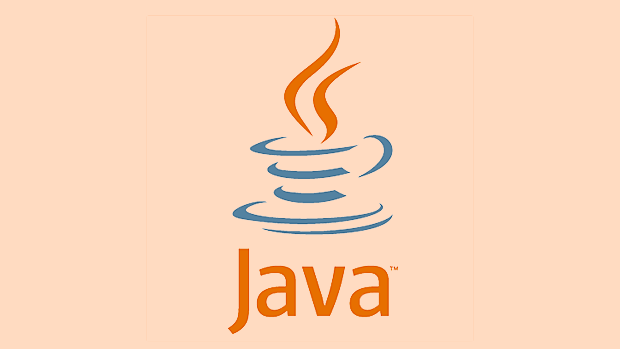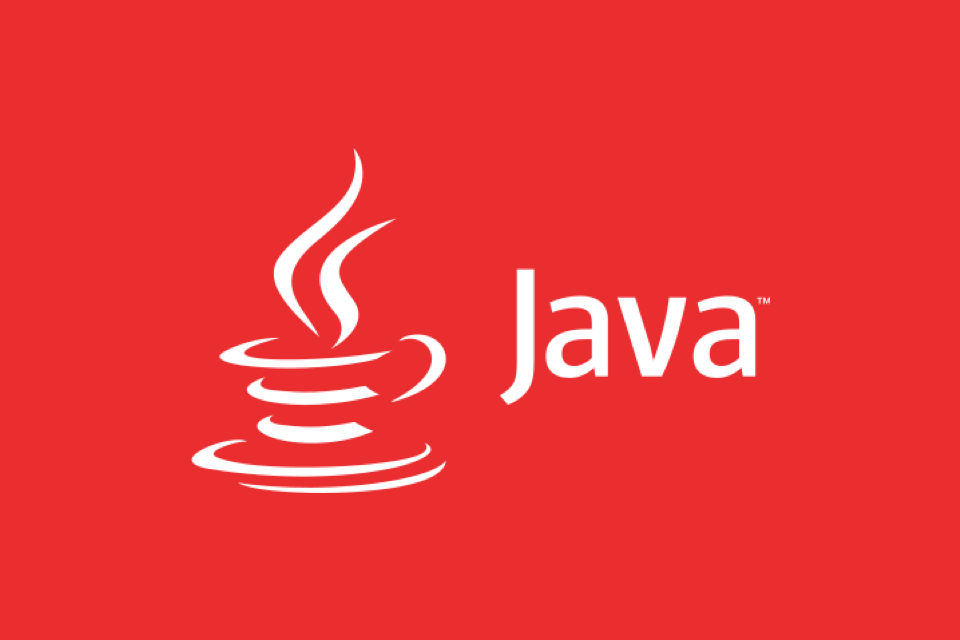Understanding Java Generics and Wildcards for Type-Safe Code
Jul 30, 2025 am 12:27 AMJava generics provide compile-time type safety and eliminate casting by allowing type parameters in classes, interfaces, and methods, while wildcards enhance flexibility when working with unknown types; 1. Generics enable reusable, type-safe code like List

Java generics and wildcards are powerful features that enable type-safe programming, reducing runtime errors and improving code readability. Introduced in Java 5, generics allow you to define classes, interfaces, and methods with type parameters, so the same code can work with different types while catching type mismatches at compile time. Wildcards extend this flexibility by letting you work with unknown or bounded types.

Here’s how to understand and use them effectively.
1. What Are Generics?
Generics let you abstract over types. For example, instead of using raw types like List, you can use List<string></string> to ensure only strings are added.

List<String> names = new ArrayList<>();
names.add("Alice");
// names.add(123); // Compile error – type safety!Without generics, you’d have to cast objects and risk ClassCastException at runtime.
Key Benefits:

- Compile-time type checking
- Elimination of explicit casting
- Code reuse across different types
You can also define your own generic classes and methods:
public class Box<T> {
private T value;
public void set(T value) { this.value = value; }
public T get() { return value; }
}Now Box<String>, Box<Integer>, etc., are all type-safe.
2. Wildcards: Handling Unknown Types
Sometimes you need to work with generic types when the exact type parameter isn’t known. That’s where wildcards (?) come in.
Unbounded Wildcard (<?>)
Use when you don’t care about the type, typically for reading from collections.
public void printSize(List<?> list) {
System.out.println("Size: " list.size());
}You can’t add elements (except null) because the actual type is unknown.
Upper-Bounded Wildcard (<? extends T>)
Use when you want to accept a type and its subtypes. Common in read-only operations.
public double sum(List<? extends Number> numbers) {
return numbers.stream().mapToDouble(Number::doubleValue).sum();
}Now you can pass List<Integer>, List<Double>, etc.
But again, you can’t add anything (except null) — because the compiler doesn’t know the exact type.
Lower-Bounded Wildcard (<? super T>)
Use when you want to accept a type and its supertypes. Useful for write operations.
public void addNumbers(List<? super Integer> list) {
list.add(1);
list.add(2);
}This works with List<Integer>, List<Number>, or List<Object>.
But you can’t safely read as Integer — elements might only be Object.
3. The PECS Rule: Producer extends, Consumer super
A helpful mnemonic from the Effective Java book:
PECS: Producer –
extends, Consumer –super
- If a parameterized object produces T (you read T from it), use
<? extends T>. - If it consumes T (you write T into it), use
<? super T>.
For example, in Collections.copy():
public static <T> void copy(List<? super T> dest, List<? extends T> src)
srcis a producer →? extends Tdestis a consumer →? super T
Apply PECS to design flexible and safe APIs.
4. Common Pitfalls and Tips
Don’t use wildcards in return types unless necessary — it forces callers to deal with unknown types.
Raw types are dangerous — avoid
Listinstead ofList<String>.Generic methods can infer types:
public <T> void print(T item) { ... }Type erasure means generics are enforced at compile time only. No runtime information (e.g., you can’t do
new T[]()).Bounded type parameters can constrain generics:
public <T extends Comparable<T>> T max(T a, T b) { return a.compareTo(b) > 0 ? a : b; }
Using generics and wildcards properly leads to cleaner, safer code. Understand when to use
extends,super, or specific types — and remember PECS. It’s not just about avoiding casts; it’s about expressing intent and catching bugs early.Basically, generics give you compile-time safety, and wildcards give you the flexibility to reuse code across type hierarchies — without sacrificing that safety.
The above is the detailed content of Understanding Java Generics and Wildcards for Type-Safe Code. For more information, please follow other related articles on the PHP Chinese website!

Hot AI Tools

Undress AI Tool
Undress images for free

Undresser.AI Undress
AI-powered app for creating realistic nude photos

AI Clothes Remover
Online AI tool for removing clothes from photos.

Clothoff.io
AI clothes remover

Video Face Swap
Swap faces in any video effortlessly with our completely free AI face swap tool!

Hot Article

Hot Tools

Notepad++7.3.1
Easy-to-use and free code editor

SublimeText3 Chinese version
Chinese version, very easy to use

Zend Studio 13.0.1
Powerful PHP integrated development environment

Dreamweaver CS6
Visual web development tools

SublimeText3 Mac version
God-level code editing software (SublimeText3)

Hot Topics
 A Developer's Guide to Maven for Java Project Management
Jul 30, 2025 am 02:41 AM
A Developer's Guide to Maven for Java Project Management
Jul 30, 2025 am 02:41 AM
Maven is a standard tool for Java project management and construction. The answer lies in the fact that it uses pom.xml to standardize project structure, dependency management, construction lifecycle automation and plug-in extensions; 1. Use pom.xml to define groupId, artifactId, version and dependencies; 2. Master core commands such as mvnclean, compile, test, package, install and deploy; 3. Use dependencyManagement and exclusions to manage dependency versions and conflicts; 4. Organize large applications through multi-module project structure and are managed uniformly by the parent POM; 5.
 Building RESTful APIs in Java with Jakarta EE
Jul 30, 2025 am 03:05 AM
Building RESTful APIs in Java with Jakarta EE
Jul 30, 2025 am 03:05 AM
SetupaMaven/GradleprojectwithJAX-RSdependencieslikeJersey;2.CreateaRESTresourceusingannotationssuchas@Pathand@GET;3.ConfiguretheapplicationviaApplicationsubclassorweb.xml;4.AddJacksonforJSONbindingbyincludingjersey-media-json-jackson;5.DeploytoaJakar
 Developing a Blockchain Application in Java
Jul 30, 2025 am 12:43 AM
Developing a Blockchain Application in Java
Jul 30, 2025 am 12:43 AM
Understand the core components of blockchain, including blocks, hashs, chain structures, consensus mechanisms and immutability; 2. Create a Block class that contains data, timestamps, previous hash and Nonce, and implement SHA-256 hash calculation and proof of work mining; 3. Build a Blockchain class to manage block lists, initialize the Genesis block, add new blocks and verify the integrity of the chain; 4. Write the main test blockchain, add transaction data blocks in turn and output chain status; 5. Optional enhancement functions include transaction support, P2P network, digital signature, RESTAPI and data persistence; 6. You can use Java blockchain libraries such as HyperledgerFabric, Web3J or Corda for production-level opening
 python property decorator example
Jul 30, 2025 am 02:17 AM
python property decorator example
Jul 30, 2025 am 02:17 AM
@property decorator is used to convert methods into properties to implement the reading, setting and deletion control of properties. 1. Basic usage: define read-only attributes through @property, such as area calculated based on radius and accessed directly; 2. Advanced usage: use @name.setter and @name.deleter to implement attribute assignment verification and deletion operations; 3. Practical application: perform data verification in setters, such as BankAccount to ensure that the balance is not negative; 4. Naming specification: internal variables are prefixed, property method names are consistent with attributes, and unified access control is used to improve code security and maintainability.
 css dark mode toggle example
Jul 30, 2025 am 05:28 AM
css dark mode toggle example
Jul 30, 2025 am 05:28 AM
First, use JavaScript to obtain the user system preferences and locally stored theme settings, and initialize the page theme; 1. The HTML structure contains a button to trigger topic switching; 2. CSS uses: root to define bright theme variables, .dark-mode class defines dark theme variables, and applies these variables through var(); 3. JavaScript detects prefers-color-scheme and reads localStorage to determine the initial theme; 4. Switch the dark-mode class on the html element when clicking the button, and saves the current state to localStorage; 5. All color changes are accompanied by 0.3 seconds transition animation to enhance the user
 css dropdown menu example
Jul 30, 2025 am 05:36 AM
css dropdown menu example
Jul 30, 2025 am 05:36 AM
Yes, a common CSS drop-down menu can be implemented through pure HTML and CSS without JavaScript. 1. Use nested ul and li to build a menu structure; 2. Use the:hover pseudo-class to control the display and hiding of pull-down content; 3. Set position:relative for parent li, and the submenu is positioned using position:absolute; 4. The submenu defaults to display:none, which becomes display:block when hovered; 5. Multi-level pull-down can be achieved through nesting, combined with transition, and add fade-in animations, and adapted to mobile terminals with media queries. The entire solution is simple and does not require JavaScript support, which is suitable for large
 How to use Java MessageDigest for hashing (MD5, SHA-256)?
Jul 30, 2025 am 02:58 AM
How to use Java MessageDigest for hashing (MD5, SHA-256)?
Jul 30, 2025 am 02:58 AM
To generate hash values using Java, it can be implemented through the MessageDigest class. 1. Get an instance of the specified algorithm, such as MD5 or SHA-256; 2. Call the .update() method to pass in the data to be encrypted; 3. Call the .digest() method to obtain a hash byte array; 4. Convert the byte array into a hexadecimal string for reading; for inputs such as large files, read in chunks and call .update() multiple times; it is recommended to use SHA-256 instead of MD5 or SHA-1 to ensure security.
 python parse date string example
Jul 30, 2025 am 03:32 AM
python parse date string example
Jul 30, 2025 am 03:32 AM
Use datetime.strptime() to convert date strings into datetime object. 1. Basic usage: parse "2023-10-05" as datetime object through "%Y-%m-%d"; 2. Supports multiple formats such as "%m/%d/%Y" to parse American dates, "%d/%m/%Y" to parse British dates, "%b%d,%Y%I:%M%p" to parse time with AM/PM; 3. Use dateutil.parser.parse() to automatically infer unknown formats; 4. Use .d






